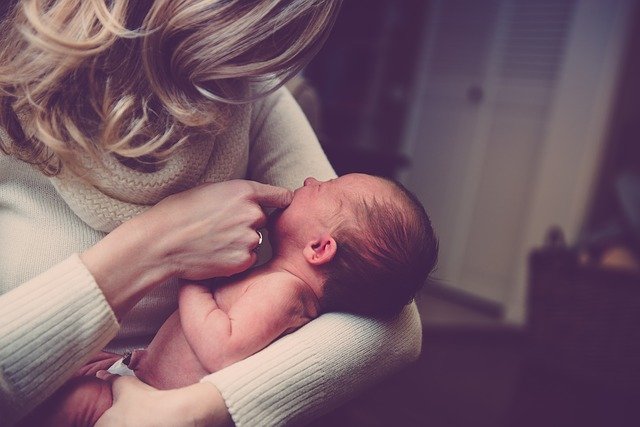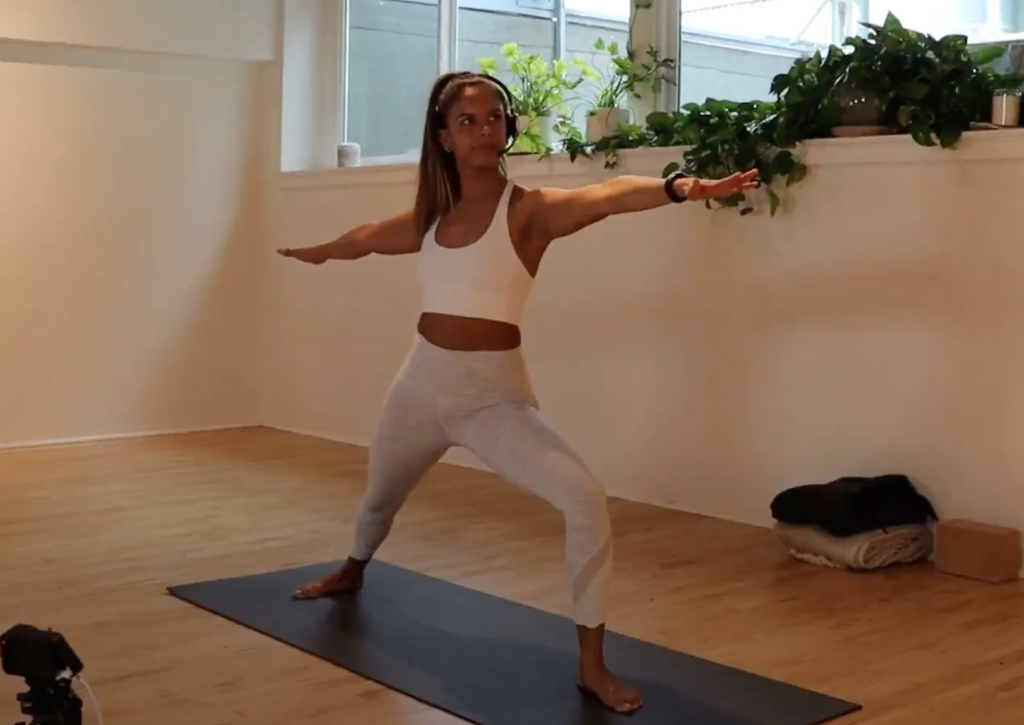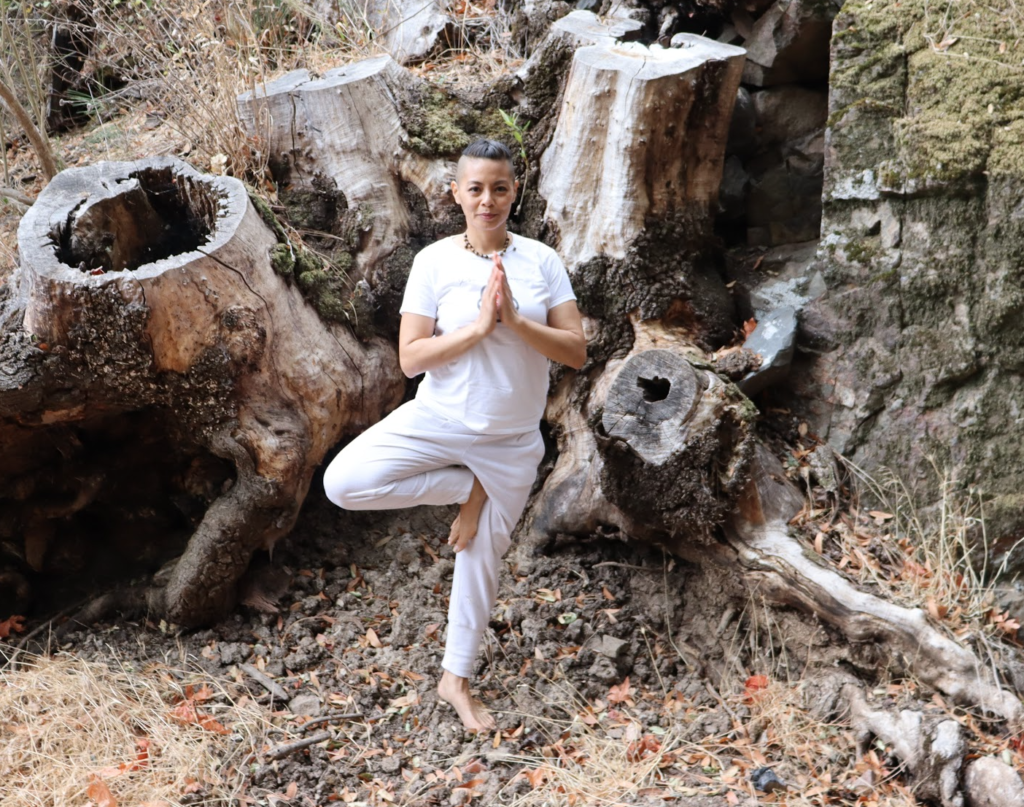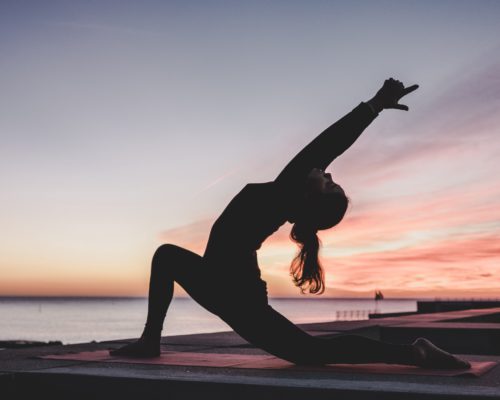
Prenatal yoga has become increasingly popular as more research studies and personal testimonies are attesting to the notion that yoga can serve endless benefits to both the mother and developing fetus. While pregnancy is an extremely individualized experience – with some mothers stating that they quite enjoyed their pregnancies, and others expressing major discomfort and aches through all three trimesters – all expectant mothers (and babies!) can stand to gain something from yoga. We’ll be discussing just how the practice of prenatal yoga is revolutionizing the pregnancy experience for many women, and which yoga poses can be helpful in alleviating common symptoms that often occur during pregnancy.
Unfortunately, pregnancy is sometimes synonymous with feelings of physical discomfort and mental distress. It’s entirely normal – albeit very arduous – to experience symptoms like back pain, headaches, stress, insomnia, and soreness. However, there is good news to follow – prenatal yoga has been reported to boost both mental and physical health as well as combat many of the common side effects that accompany pregnancy. Practicing yoga is also a healthy and effective method of minimizing stress and anxiety as it allows practitioners to center themselves and engage in self-soothing techniques; these are skills that women can utilize both on and off the yoga mat.
Below are a few yoga poses that combat specified pregnancy symptoms:
- Cat/Cow Pose is a great pose for alleviating back pain
- circulatory promotion in Legs-Up-The-Wall Pose may reduce swelling of the legs and feet, and is also effective at reducing stress
- The practice of Warrior Pose pose can counteract morning sickness and nausea

Many prenatal yoga classes also promote certain breathing techniques and meditative practices that not only reduce stress and blood pressure levels, but can also assist in and provide relief during the process of labor. The stretching and strengthening exercises come in handy during both delivery and postpartum recovery.
As the body shifts and changes throughout the nine months of pregnancy, there are certain poses designated to be most helpful for each given trimester. However, this is not a universal guideline, as each expectant mother may have different health concerns or conditions that require either pose modifications or more targeted poses to cater to their specific needs.
First trimester: Some of the most common symptoms that women experience during the first trimester are fatigue and morning sickness. Cat/Cow Pose has been found to be helpful in reducing nausea. A great way to combat fatigue is to practice honing our focus and concentration, which Tree Pose certainly requires. As we focus our mind and narrow our thoughts to a particular focal point, we are able to experience a perceivable boost in energy.

Second trimester: Many pregnant women note that they feel a surge of radiating energy during the second trimester. If you relate to this, the second trimester can make for a great time to practice strengthening exercises. Goddess Pose is great for strengthening the muscles of the uterus, thighs, and back, and it can also prepare the body for the position it will take on during labor. Upward Salute is another great pose to practice throughout pregnancy as it improves blood circulation, relieves shoulder and back tension, and promotes more efficient oxygen intake.
Third Trimester: Oftentimes, the third trimester is when a variety of aches and bodily discomfort will come into play. The extra fluid retained by the body will commonly result in swollen feet and ankles, making Tip Toe Pose the perfect pose for providing relief and eliminating some of that discomfort. There is also likely to be a lot of pressure building up in the pelvis and lower back by the third trimester, which can be alleviated by lifting your hips with Bridge Pose. Another helpful pose is wide-legged Child’s Pose, which is a modified Child’s Pose that is not only a great relaxation pose, but also an ideal position to adopt between labor contractions.
It’s crucial to always remember to listen to your body and respect your limitations as you practice yoga. Prenatal yoga often modifies positions to suit the physical parameters of pregnancy as certain positions are not suitable for pregnant women, but these modifications in no way reduce their impact. Most importantly, prenatal yoga can allow you the opportunity to connect with and appreciate your changing body and your new baby!


